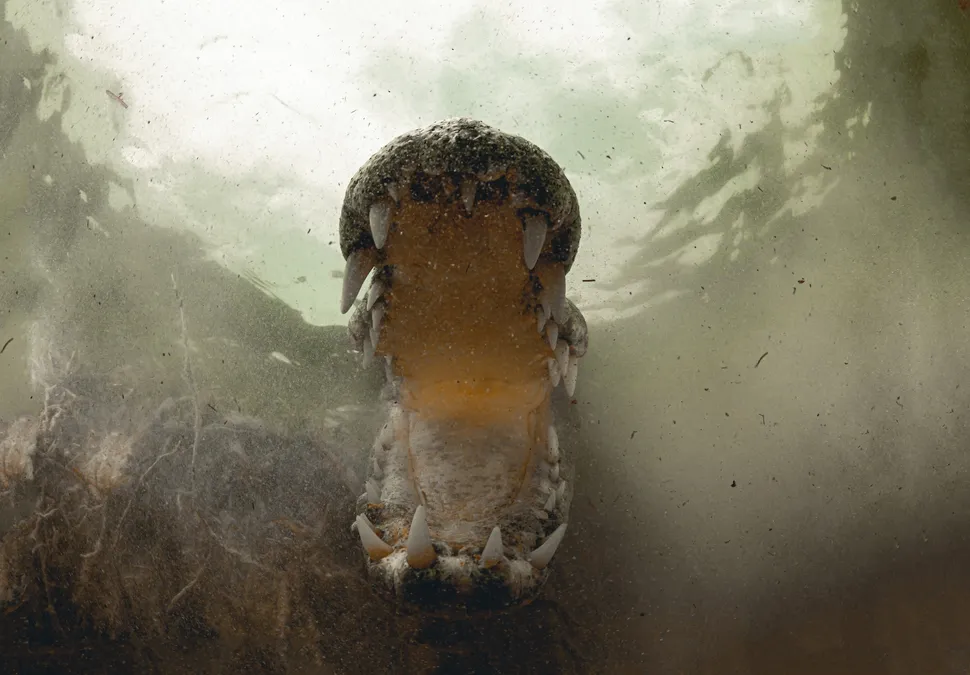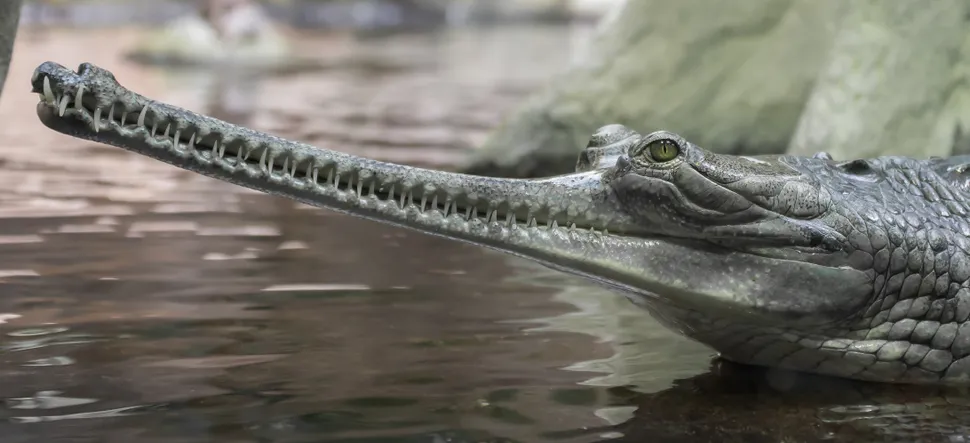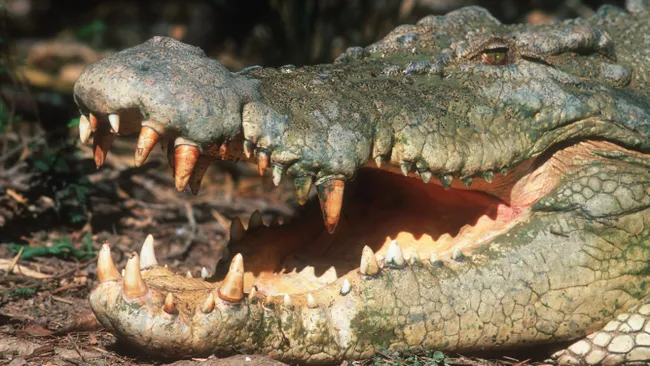In this extract from “Bite: An Incisive History of Teeth, from Hagfish to Humans,” Bill Schutt looks at the creatures with the strongest bite forces in the world.

In the record-breaking 2024 breeding season, LA Zoo animal care staff successfully reared three single chicks, eight chicks in double brood situations, and six chicks in triple broods with adult mentors.
The condor breeding program at the zoo began back in 1967 with a single individual named Topa Topa, a malnourished fledgling rescued from the wild. By 1983, there were only 22 California condors remaining, prompting the US Fish and Wildlife Service and the California Fish and Game Commission to establish a captive breeding program, with the LA Zoo as a founding partner.
As of December 2023, there are 561 California condors in existence, with 344 living in the wild. These numbers fluctuate daily due to various influences. The California condor is the largest land bird in North America, boasting a wingspan of nearly 10 feet. Adult condors stand around three feet tall and weigh between 17 and 25 pounds. They can soar to heights of 15,000 feet and travel up to 150 miles a day, locating food primarily through their keen eyesight.
Similar to vultures and other scavengers, condors play a crucial role in nature’s cleaning crew, feeding on the carcasses of large mammals, including deer, cattle, and marine mammals such as whales and seals.
The LA Times reports that the chicks will remain in the zoo’s care for the next year and a half. Afterward, as has been done with the 250 chicks previously born at the zoo, they will be evaluated for their potential to be released back into the wild.

In an adapted extract from Bite: An Incisive History of Teeth, from Hagfish to Humans (Algonquin Books, 2024), vertebrate zoologist Bill Schutt delves into the formidable bite force of contemporary crocodilians as well as their ancient predecessors, Deinosuchus and Sarcosuchus—considered the “most forceful biters in history.”
“There are no ‘pretty good’ crocodilian researchers,” Gregory Erickson quipped. “In my business, if you’re not very good, you’re missing an arm or something.” Erickson, a professor of anatomy and vertebrate paleobiology at Florida State University, underscored the necessity of a skilled team for handling larger specimens. “We always have four or five people who really know their stuff.”
Though Erickson’s research interests span a broad spectrum, I reached out to him due to his work on the biting behavior of alligators, crocodiles, and their relatives.
To measure bite force, researchers strap down the crocodilian and tap its snout, which prompts the subject to open its mouth. A bite bar is then placed on the rear teeth, where the laws of physics dictate that measurements closest to the jaw joint will yield the highest bite force. This process, somewhat akin to a knee-jerk reflex test, results in the crocodilian biting down on the bar with maximum force. Initially focusing on alligators, given his location in Florida, Erickson and his team eventually expanded their research to include all 23 species of extant crocodilians, including crocodiles, alligators, caimans, and gharials.
“We try to measure three to five individuals of each species,” Erickson explained, noting that this approach increases the accuracy of bite force data. The largest specimens measured were several 17-foot (5.2 meters) saltwater crocodiles (Crocodylus porosus), along with the Nile crocodile (Crocodylus niloticus), which are known for the highest number of fatal and nonfatal attacks on humans.
Erickson and his team aimed to understand how bite forces vary across species. Before their study, hypotheses suggested that bite force could be influenced by factors such as tooth shape or jaw dimensions. Surprisingly, their findings revealed that bite force was directly related to body size. “We got the same regression lines pound for pound,” he said. Thus, a 100-pound crocodile, alligator, and caiman would exhibit similar bite forces.
While smaller species had proportionally smaller bite forces, 17-foot saltwater crocodiles generated a force of 3,700 pounds (1,680 kg). Extrapolating for historically recorded 23-foot individuals, Erickson estimated that 7,700 pounds (3,500 kg) of bite force is plausible.
Two exceptions to the size-bite force correlation are the gharials (Gavialis gangeticus and Tomistoma schlegelii), with their long, slender snouts. Despite their size, reaching up to 15 feet (4.7 meters) and weighing up to 2,000 pounds (900 kg), their bite force is lower than expected. Erickson attributes this to the gharials’ evolutionary adaptation for efficient fish-snatching, resulting in a trade-off where bite force was reduced for specialized feeding.
The gharials are critically endangered, with populations dwindling to a few hundred individuals in northern India. Aside from gharials, all other crocodilians, regardless of size, possess impressively powerful jaws.
Erickson posits that this adaptation originated in ancestral crocodilians during the age of dinosaurs, enabling them to dominate ecological niches along water bodies for over 100 million years. He likens crocodilian evolution to starting with a powerful engine and then modifying attachments—like variations in jaw and tooth structure—to adapt to different prey types.
In evaluating the greatest bite force ever recorded, Erickson mentioned two prehistoric giants. Deinosuchus, an extinct relative of modern alligators from 82 to 75 million years ago, reached lengths of nearly 33 feet (10 meters) and likely boasted a bite force unmatched by any animal. Sarcosuchus, a massive crocodyliform from 133 to 112 million years ago, reached about 40 feet (12 meters) and is estimated to have had a bite force of 20,000 pounds (9,000 kg). “They were right up there with the most forceful biters in history,” Erickson concluded.
Despite the impressive bite forces, there are limits due to the enamel’s capacity to withstand stress before breaking. However, crocodilians have a safeguard—unlike mammals, they can replace their teeth throughout their lives, continually maintaining their formidable bite capability.
